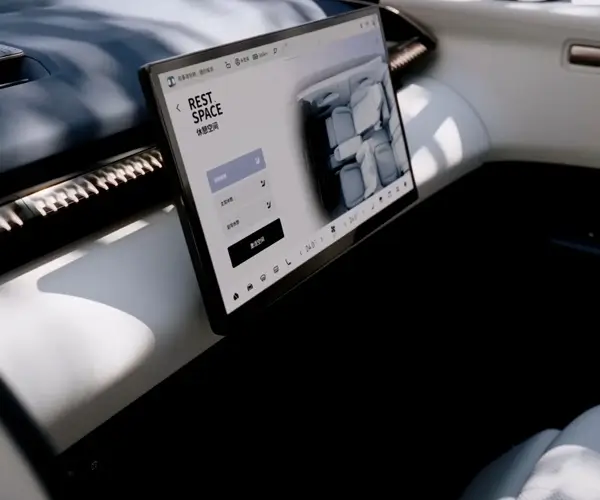Ever wonder how giants like Netflix or Amazon keep everything running smoothly, even when they’re handling thousands of different services? The secret often lies in something called microservices architecture. Think of it as breaking down a giant, unwieldy mansion into a bunch of tiny, charming cottages. Each cottage has its own little kitchen, living room, and garden—completely autonomous but still part of the bigger estate.

In essence, microservices are small, independent chunks of a larger application. When one tiny service needs to be updated or fixed, it’s like replacing a bulb in one cottage—no need to shut down the entire mansion. This approach allows for flexible scaling, seamless updates, and a more manageable way to tackle complex systems. Imagine upgrading payment processing without disturbing the shopping cart module—that’s microservices pulling off a magic trick.
Why are more and more companies obsessed with this? Well, traditional monolithic systems are great until suddenly they aren’t. When one part of the system fails, everything risks going down with it. Microservices break the chain of dependency. If a single service crashes, the whole operation doesn’t stall; only that tiny part gets affected. Plus, different teams can work independently on different services, speeding up innovation. If you think about how quickly a smartphone app evolves, that speed is powered by microservice-like agility.
Here’s a good question: “Can microservices handle complex business logic?” Absolutely. They’re designed to tackle varied functions, from user authentication to order tracking, each in its own little box. This modular setup is like building with Lego bricks—you can swap or upgrade a brick without dismantling the entire structure. Faster deployment, easier troubleshooting, and better fault isolation are the cherries on top.
And yes, implementing microservices isn’t just good talk. It requires a thoughtful approach to architecture, but the benefits are clear. Scaling becomes a breeze. Imagine needing to handle a sudden surge of traffic—spinning up extra instances of a specific service is straightforward. Failures are easier to contain, and adopting new tech stacks becomes less of a headache. It’s like switching the tires on a bike while still riding it—risky but doable with the right setup.
In the end, microservices offer a smarter way to build software that’s resilient, flexible, and ready for tomorrow’s challenges. Whether a startup or a sprawling enterprise, embracing this architecture means transforming chaos into order—without sacrificing speed or innovation. If you’re looking to stay ahead in the digital race, understanding microservices could be your secret weapon, turning complexity into your competitive edge.
Established in 2005, Kpower has been dedicated to a professional compact motion unit manufacturer, headquartered in Dongguan, Guangdong Province, China. Leveraging innovations in modular drive technology, Kpower integrates high-performance motors, precision reducers, and multi-protocol control systems to provide efficient and customized smart drive system solutions. Kpower has delivered professional drive system solutions to over 500 enterprise clients globally with products covering various fields such as Smart Home Systems, Automatic Electronics, Robotics, Precision Agriculture, Drones, and Industrial Automation.




































